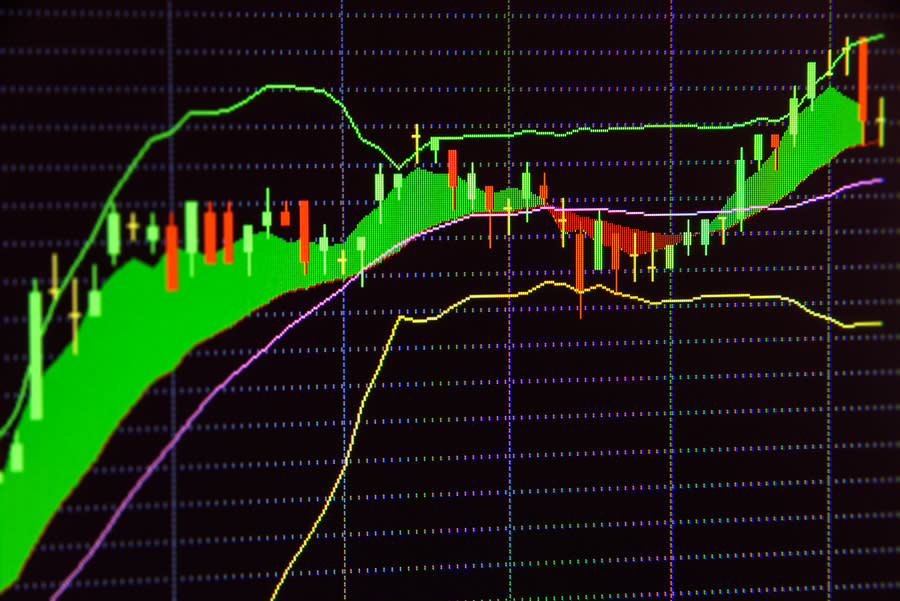3 Top-Ranked Dividend Stocks: A Smarter Way to Boost Your Retirement Income

Here's an eye-opening statistic: older Americans are more afraid of running out of money than of death itself.
And older Americans have legitimate reasons for this worry, even if they have dutifully saved for their golden years. That's because the traditional ways people manage retirement may no longer provide enough income to meet expenses - and with people generally living longer, the principal retirement savings is exhausted far too early in the retirement period.
Your parents' retirement investing plan won't cut it today.
For example, 10-year Treasury bonds in the late 1990s offered a yield of around 6.50%, which translated to an income source you could count on. However, today's yield is much lower and probably not a viable return option to fund typical retirements.
The impact of this rate decline is sizable: over 20 years, the difference in yield for a $1 million investment in 10-year Treasuries is more than $1 million.
And lower bond yields aren't the only potential problem seniors are facing. Today's retirees aren't feeling as secure as they once did about Social Security, either. Benefit checks will still be coming for the foreseeable future, but based on current estimates, Social Security funds will run out of money in 2035.
So what can retirees do? You could dramatically reduce your expenses, and go out on a limb hoping your Social Security benefits don't diminish. On the other hand, you could opt for an alternative investment that gives a steady, higher-rate income stream to supplant lessening bond yields.
Invest in Dividend Stocks
As a replacement for low yielding Treasury bonds (and other bond options), we believe dividend-paying stocks from high quality companies offer low risk and stable, predictable income investors in retirement seek.
Look for stocks that have paid steady, increasing dividends for years (or decades), and have not cut their dividends even during recessions.
One approach to recognizing appropriate stocks is to look for companies with an average dividend yield of 3% and positive average annual dividend growth. Numerous stocks hike dividends over time, counterbalancing inflation risks.
Here are three dividend-paying stocks retirees should consider for their nest egg portfolio.
Banco Macro (BMA) is currently shelling out a dividend of $1.74 per share, with a dividend yield of 4.69%. This compares to the Banks - Foreign industry's yield of 4.5% and the S&P 500's yield of 1.58%. The company's annualized dividend growth in the past year was 175.32%. Check Banco Macro dividend history here>>>
BP (BP) is paying out a dividend of $0.43 per share at the moment, with a dividend yield of 4.85% compared to the Oil and Gas - Integrated - International industry's yield of 1.79% and the S&P 500's yield. The annualized dividend growth of the company was 10.11% over the past year. Check BP dividend history here>>>
Currently paying a dividend of $1.12 per share, Target (TGT) has a dividend yield of 3%. This is compared to the Retail - Discount Stores industry's yield of 0.55% and the S&P 500's current yield. Annualized dividend growth for the company in the past year was 1.85%. Check Target dividend history here>>>
But aren't stocks generally more risky than bonds?
Overall, that is true. But stocks are a broad class, and you can reduce the risks significantly by selecting high-quality dividend stocks that can generate regular, predictable income and can also decrease the volatility of your portfolio compared to the overall stock market.
A silver lining to owning dividend stocks for your retirement portfolio is that many companies, especially blue chip stocks, increase their dividends over time, helping offset the effects of inflation on your potential retirement income.
Thinking about dividend-focused mutual funds or ETFs? Watch out for fees.
If you prefer investing in funds or ETFs compared to individual stocks, you can still pursue a dividend income strategy. However, it's important to know the fees charged by each fund or ETF, which can ultimately reduce your dividend income, working against your strategy. Do your homework and make sure you know the fees charged by any fund before you invest.
Bottom Line
Pursuing a dividend investing strategy can help protect your retirement portfolio. Whether you choose to invest in stocks or through low-fee mutual funds or ETFs, this approach can potentially help you achieve a more secure and enjoyable retirement.
Want the latest recommendations from Zacks Investment Research? Today, you can download 7 Best Stocks for the Next 30 Days. Click to get this free report
Macro Bank Inc. (BMA) : Free Stock Analysis Report
BP p.l.c. (BP) : Free Stock Analysis Report
Target Corporation (TGT) : Free Stock Analysis Report

 Yahoo Finance
Yahoo Finance 